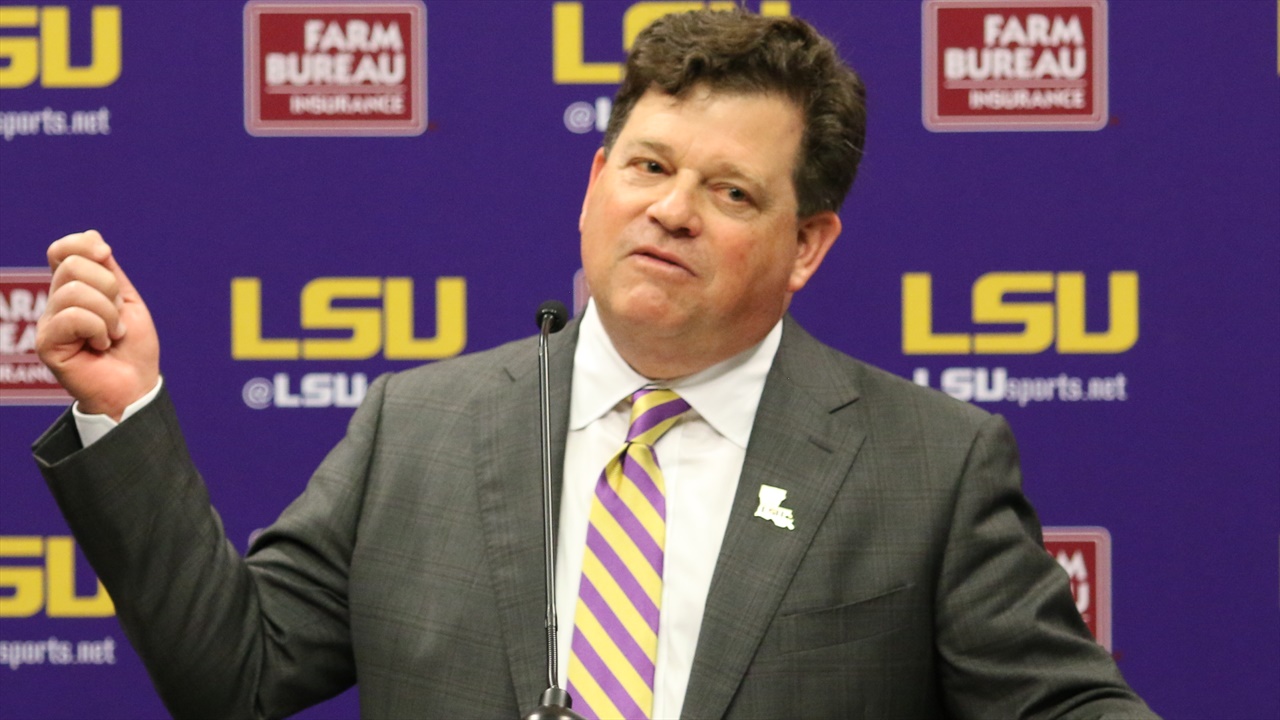
The House v. NCAA settlement was approved by Judge Claudia Wilken last week.
So, we now have a totally different landscape for college athletics. Schools, who agreed to be a partner in the settlement, will pay their student-athletes beginning July 1. In other words, revenue sharing is here for the players.
First, back payments totaling $2.77 billion will be made to college athletes from 2016-24. Schools will be required to pay a large portion of this money – most coming from the four power conferences.
Second, and more importantly, payment will be made to athletes beginning with the upcoming academic year. According to the settlement, players will receive 22 percent of the schools’ revenue – approximately $20.5 million per school in 2025-26.
****
Get TigerBait premium for just $1 dollar!
****
That figure will increase over the next ten years – the length of the settlement. In other words, a larger amount of money will go to the players each year.
Schools have been given a format to follow for allocating the revenue to athletes in the different sports.
According to Director of Athletics Scott Woodward, LSU intends to more or less utilize this plan – 75 percent to football, 15 percent to men’s basketball, five percent to women’s basketball and five percent to the remaining sports.
Tigers coach Brian Kelly has said a little less than $14 million is the salary cap for football – less than 75 percent. The salary cap for men’s basketball would be about $3 million for next season. The available revenue for women’s basketball would be about $1 million.
One would expect baseball to get most of the money for the $1 million set aside for sports other than football, men’s basketball and women’s basketball.
Now, scholarship limits are gone. Roster limits have taken their place. The roster limit for football is 105. Anyone on the roster can receive a scholarship. The Southeastern Conference is leaving the scholarship limit at 85 for its football programs.
In baseball, the roster limit has been reduced to 34. However, the 11.7-scholarship limit is no longer the rule in baseball. A school can offer more scholarships. Even LSU baseball coach Jay Johnson is unsure how the new guidelines will affect his sport.
The controversial part of the settlement remains third-party NIL money. The desire of the power conference schools is to limit the spending by their own collectives. Most schools, including LSU, want NIL deals to be made with their corporate partners.
The schools will be distributing money to the athletes through revenue sharing. Their wish is not to distribute money to the players from collectives set up by the athletic departments.
Here is where more legal problems could surface. Any NIL deal with value of more than $600 must go through a new organization – the College Sports Commission, which will be run by former Major League Baseball executive Bryan Sealey.
It is the commission’s job to monitor payments to players and roster limits. The intention of the College Sports Commission is to limit activity done by school-designed collectives.
The NIL deals must reflect fair market value and a “valid business purpose. If a deal is not cleared by the commission, three options exist – revise the contract, cancel the contract or appeal the decision through arbitration.
If a denied NIL deal remains in place, the College Sports Commission is in charge of enforcement – including potential loss of eligibility for the involved athlete.
Lawsuits will occur when the commission tells a third party its NIL deal does not serve “a valid business purpose.” School athletic departments know there will be litigation. That’s the reason colleges want protection – anti-trust exemption – from Congress.
Individual states have passed laws regarding NIL deals for college athletes. Rules implemented by the College Sports Commission cannot override state laws. There are unions in professional leagues which use collective bargaining for such matters.
There are no unions for college athletes. Therefore, college administrators know the revenue-sharing plan will not work unless Congress helps with legislation favoring the schools. One fact is definite – players are going to make more money beginning July 1.

LSU 2025 CWS Geauxmaha Trucker Hat
from: Alumni Hall




